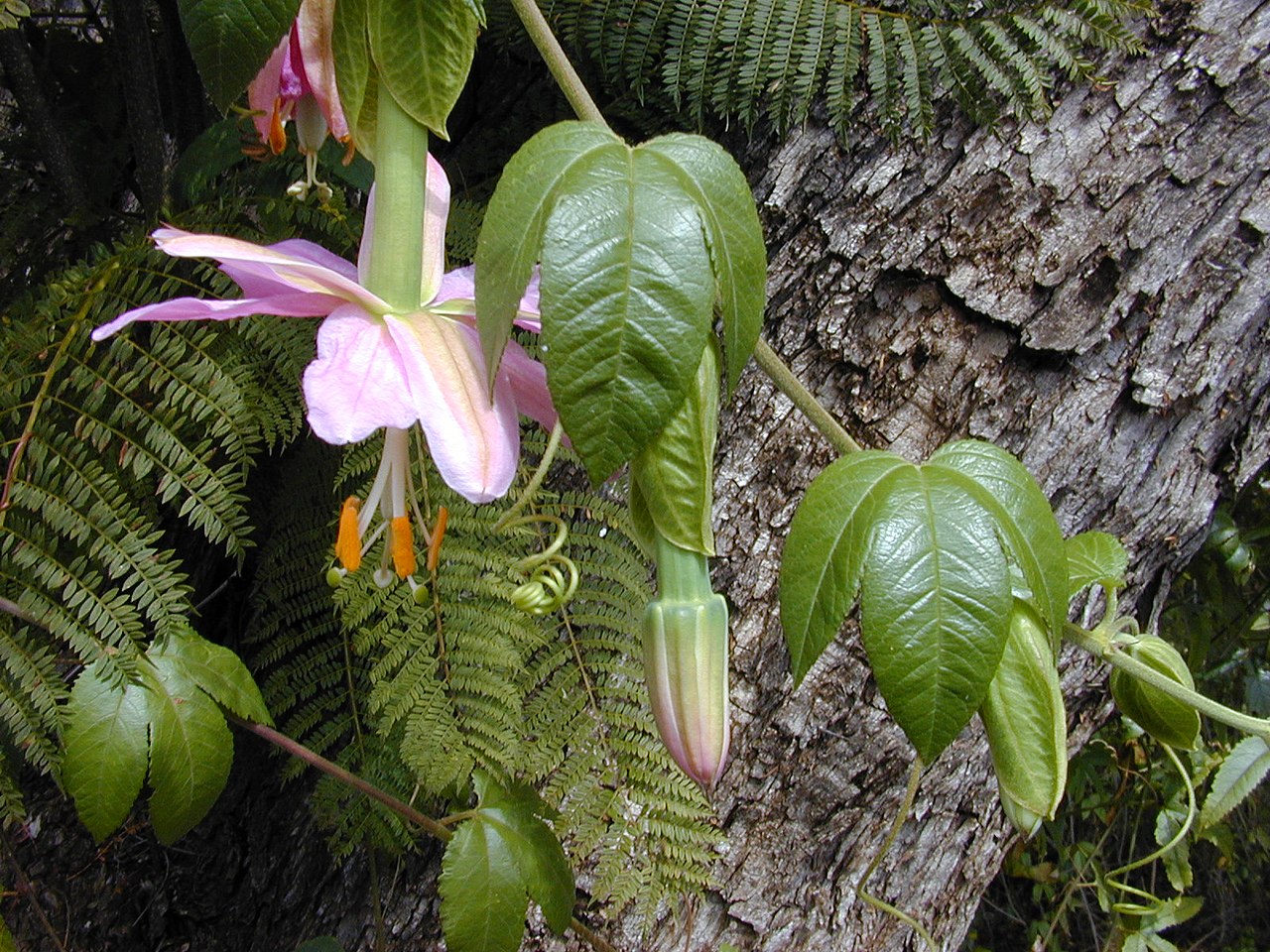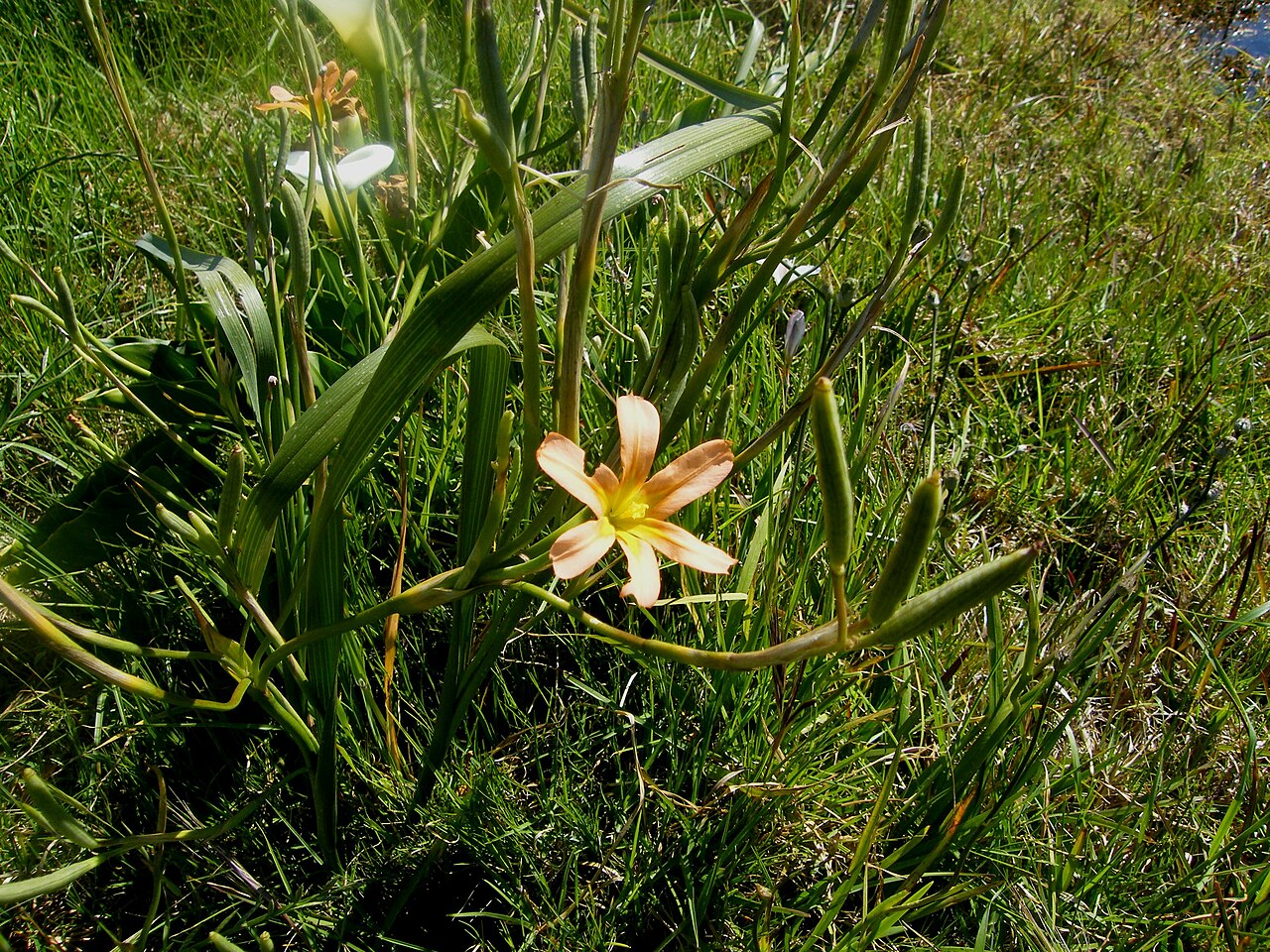
Common Name
Gamba grass, Rhodesian andropogon, Rhodesian bluegrass, Tambuki grass.
Scientific Name
Andropogon gayanus
Family
Poaceae
Lifecycle
Perennial
Seasons of Growth
Year-round
Key Distinguishing Feature
Tall grass with large seed heads, often invasive in savannahs.
• Growth Form: Gamba Grass is a tall, robust grass species that can reach heights of 2-4 meters (6.5-13 feet). It forms dense stands or clumps.
• Leaves: The leaves are long, narrow, and often have a bluish-green colour. They have a prominent midrib.
• Seedheads: The seedheads are large and feathery, with long awns that can extend beyond the seeds.
• Habitat: Gamba Grass is commonly found in tropical and subtropical regions, particularly in areas with a savanna or grassland ecosystem.
Ecological Impact:
• Gamba Grass is considered an invasive species in many regions, particularly in parts of Australia. It can form dense monocultures, outcompeting native vegetation and altering fire regimes.
• It is also known for its high fuel load, which can increase the intensity and frequency of wildfires in affected areas.
Control Methods:
• Control of Gamba Grass often involves a combination of mechanical, chemical, and cultural methods.
• Mechanical methods include mowing, slashing, or controlled burning to reduce its biomass and seed production.
• Herbicides may be used for control, but care must be taken to use them safely and effectively, following local regulations.
• Preventing the establishment of Gamba Grass through vigilant monitoring and early removal is important to prevent its spread.
Gamba Grass is a challenging invasive grass that requires active management to prevent its spread and protect native ecosystems. Local agricultural authorities often provide guidance on the best control practices for this invasive species.




